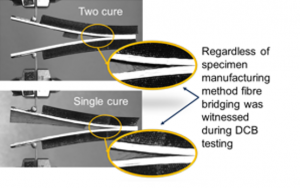HyPower Bristol are a team of students from the BristolSEDS society, working on building and launching cutting edge student sounding rockets since 2020. Last year we entered the 2023 EUROC competition, which is held in annually in Ponte de Sor, Portugal. This Europe wide competition is hosted by the Portuguese Space Agency and brings the best rocketry teams from universities across the continent, including Delft, TUM and of course, University of Bristol. Our compact team managed to achieve 3rd place in the ‘Off the shelf’ solid motor category last year and have since built towards even greater engineering challenges for this year’s EUROC 2024 competition.
Following conversations with the Portuguese Space Agency last year, we have embarked on the ambitious development of a 5kN bipropellant liquid rocket engine and supporting liquid feed system. This engine will run on with isopropanol fuel and nitrous oxide oxidiser, exhausting the 19L of propellant tanks in under 6s.

To meet our goals of flying this liquid engine at the EUROC 24 competition, we have had to flight test many new aspects of our design throughout the year such as control electronics and software. To easily make these flight tests, we started the year by manufacturing a half size sized “sub scale” rocket which uses a hybrid metallic/ composite structure.

In this design, the lower carbon section is made up of removeable panels which bolt into an underlying metallic frame, facilitating quick access to the electronics under test. The carbon parts are made with a wet layup of Prime 37 and 600gsm triaxial carbon, and the glass parts used biaxial plane weave E-glass. The parts were laid on to aluminium tools and cured under vacuum. The laminates have not been optimised for mass and are quasi-isotropic, as the requirements of the test vehicle call for high reliability and spare thrust budget is available. A focus of the EUROC 2025 programme will be minimisation of mass through an optimised fully composite structure.

The fin section has been designed to be removeable which allows the testing of different fin configurations and adjusts the rocket’s mass distribution. For this part, individual fins were first laid up using 3d printed aerofoil moulds, before being aligned and bonded to a section of carbon tube. Further uni-directional carbon was then applied between the tips of adjacent fins to reinforce the bonded joints and suppress aeroelastic fin “flutter” which is a common failure mode for similar unstiffened fins. The structure has been flown twice this year and has proven very reliable: this was exemplified by a failed parachute deployment and subsequent drop from 250m which only required the replacement of a single fin. These launches have demonstrated the many systems including robust telemetry and our inflight deployed air brakes which will allow us to control to a specified altitude in Portugal.

The launches have also been key to developing our test procedures and checklists for the future flights. Depending on funding availability, we would like to conduct a final set of launches in September to trial additional functionality with our custom electronics.

Following our work on the test vehicle, we have begun manufacturing the full-size entry for Portugal. The airframe design will be similar to the subscale, with an internal metallic structure to mount valves and electronics, and a stressed carbon panel skin which prevents buckling but still allows quick access to the propulsion system. Our initial design held propellant in commercially available COPVs, however these were difficult to package and would cause the vehicle to be over 5m long. We have therefore developed an aluminium coaxial propellant tank, which minimises the vehicle length by using the entire cross section to store propellant and passes the inertial and aerodynamic flight loads through the tank wall. Despite the less efficient material, this tank option reduces the total mass by more than 5kg by reducing the vehicle length to 3.5m.

The composite manufacture has begun with experiments using low-cost foam tooling, this has been successful for the panel sections. The next step will be manufacture of tube sections, however the internal surface is more critical for these parts, and we will need to see if we can achieve an adequately flat finish for bonding to the metallic and polymer adapters. We recently received the 3d printed Inconel chamber, and the machined propellant tank components are nearly ready for test.

We have also had the opportunity to work with the AENGM0050 Design, Build, and Test unit this year to develop a highly efficient payload mounting structure. This design has been inspired by sea sponge skeletons found in nature and manufactured with prepreg carbon tape. The structure has been built by the students and successfully tested far in excess of the loads that will be experienced in flight. The structure will support our 1kg stack of 3 cube satellites during flight in Portugal.

Some members of the team have also recently built an entry to the UK high powered rocketry competition which took place in Scotland last year. For this we constructed a simple fibreglass airframe based on tape wrapped glass tubes. This rocket hit its target apogee of 2200m and set a new Bristol speed record of 1030km/h and then safely returned on computer deployed parachutes, winning us the UK title.

Our next steps for this design cycle are to pressure test the propellant tank and perform an integrated hot-fire which will prove the engine, propellant loading system, and remote control system. The team would like to say an enormous thank you to the BCI community for supporting us in our rocket journey so far, and we hope you are as excited as us to see what we manage in Portugal!
If you have any thoughts about our design or perhaps can think of a way to support us, please feel free to reach out to lk2093@bristol.ac.uk and hypowerbristol@gmail.com
Follow our journey here: LinkedIn or Instagram and https://euroc.pt/ to learn more about the EUROC competition.
Lillian, Jacob, and the HyPower Bristol Team.

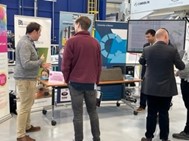
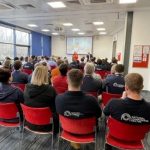
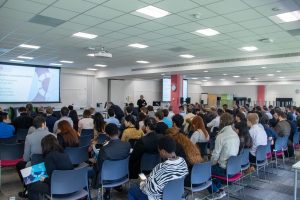

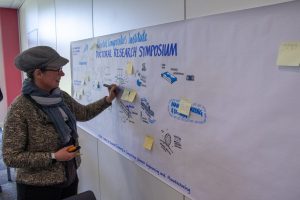
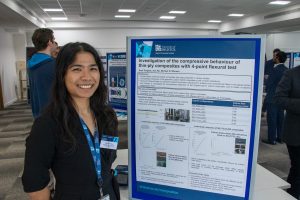
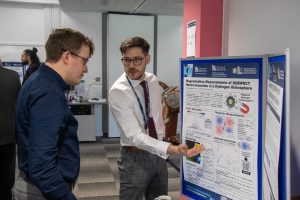
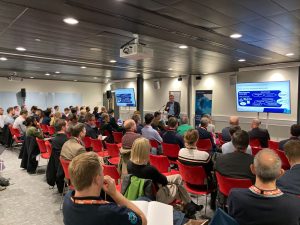

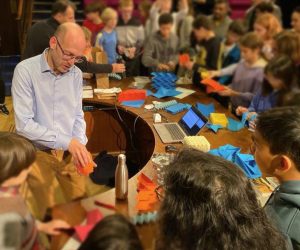
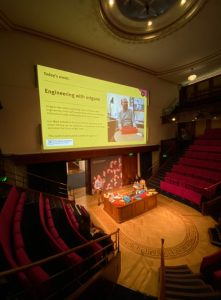



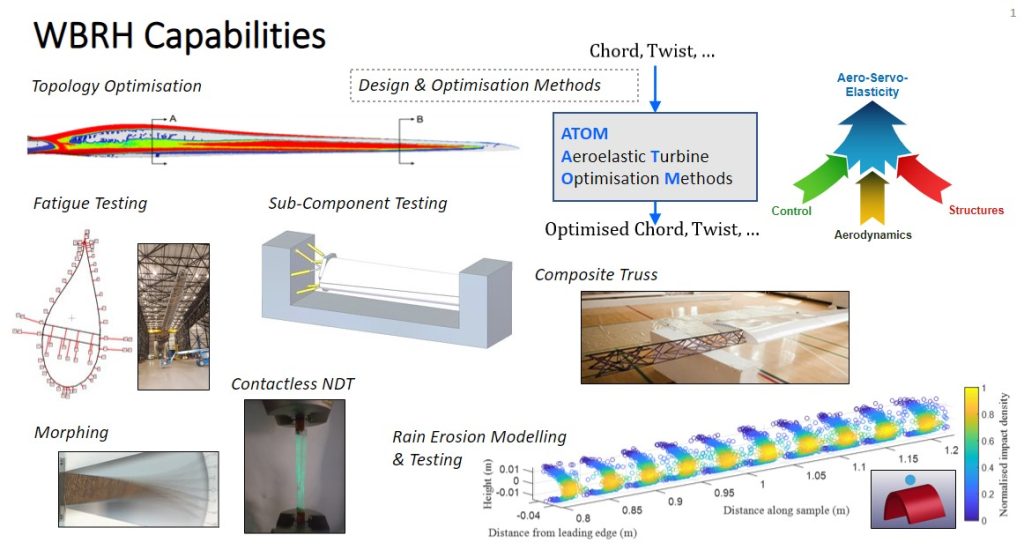

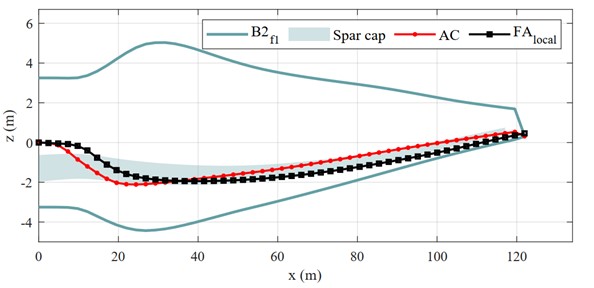





 by Valeska Ting
by Valeska Ting 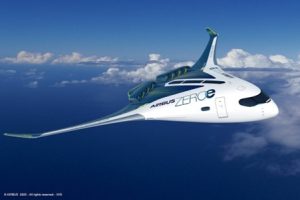

 by
by 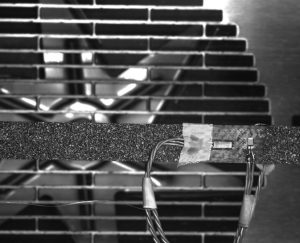

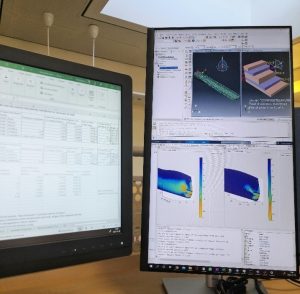 Finite element analysis (FEA) was used to determine the design alterations required for comparable performance, followed by a cradle-to-grave life cycle assessment to ascertain the subsequent environmental impact of these alterations. The preliminary results show a significantly greater volume of material is required in a flax-fibre blade to match reserve factor and deflection requirements; however, these models do show reduced environmental impact compared with the glass-fibre composite blades. End-of-life options assessed include landfill and incineration, with and wit
Finite element analysis (FEA) was used to determine the design alterations required for comparable performance, followed by a cradle-to-grave life cycle assessment to ascertain the subsequent environmental impact of these alterations. The preliminary results show a significantly greater volume of material is required in a flax-fibre blade to match reserve factor and deflection requirements; however, these models do show reduced environmental impact compared with the glass-fibre composite blades. End-of-life options assessed include landfill and incineration, with and wit
 by Amaka Onyianta a.j.onyianta@bristol.ac.uk; Steve Eichhorn s.j.eichhorn@bristol.ac.uk
by Amaka Onyianta a.j.onyianta@bristol.ac.uk; Steve Eichhorn s.j.eichhorn@bristol.ac.uk

